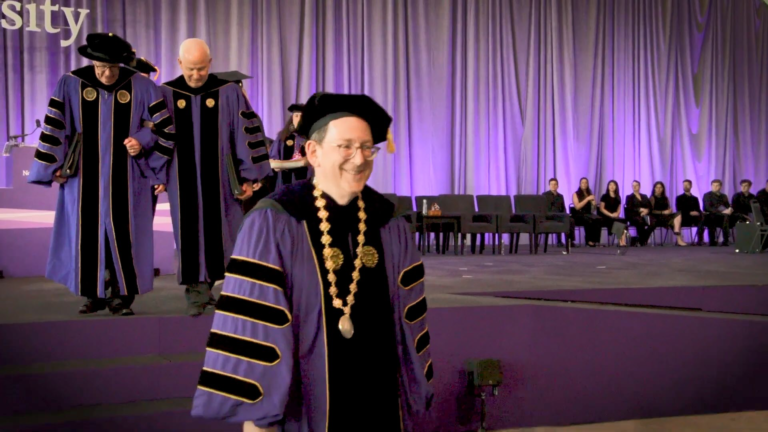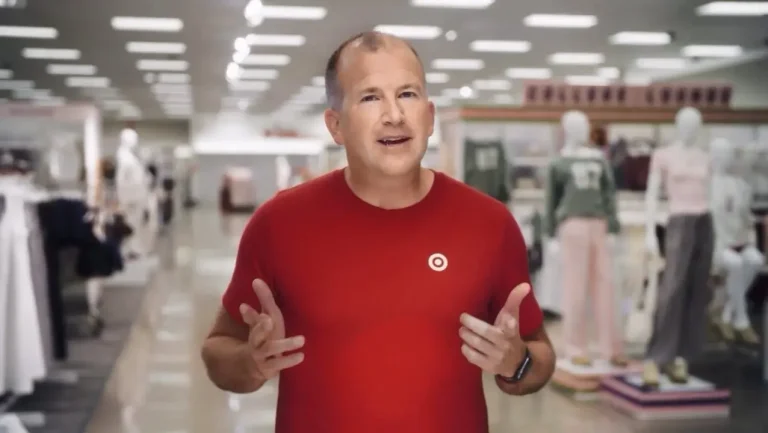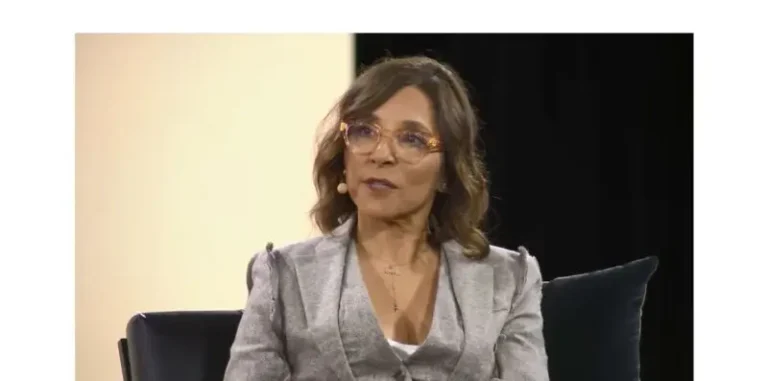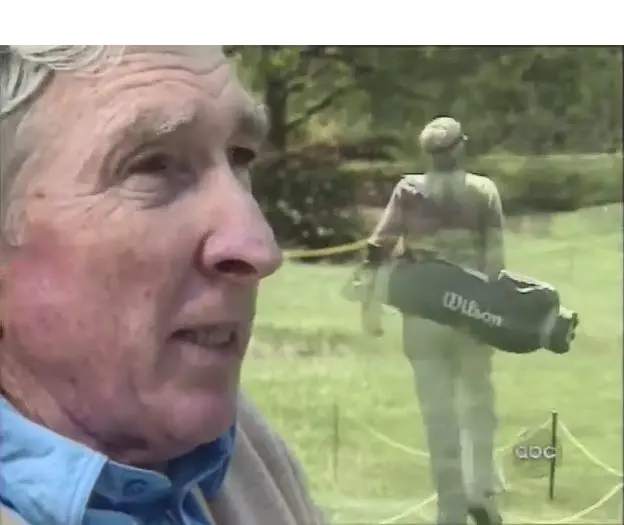Motivate your Employees with Conversational Currency
Amplify your culture with real exchanges, delivered in a personal way
For a lot of companies, Q1 is a flurry of annual performance reviews, goal setting and strategic planning. Leaders preside over meetings that evaluate employee results and potential as well as succession plans and turnover rates.
Managers pore through employee self-assessments and 360-degree feedback to assemble a summary they deliver in often awkward conversations. Employees wait to see how the sum of their contributions translates into feeling valued through raises, merit percentages, bonus payouts and long-term incentives.
At the same time, companies are reviewing and updating the organization’s suite of health and wellness benefits. It all adds up to a large investment of time and money, but one benefit seems to be in short supply.
Call it conversational currency.
What managers should say
In the midst of the Great Resignation, there is ample opportunity for company leaders and people managers especially, to say very clearly and specifically to their people:
- “We value your talent here.”
- “We would like you to stay with us.”
Those simple words don’t offset the very real impact of compensation, benefits and culture. But when done authentically and consistently, the words can certainly amplify the other pieces.
There are many ways to invest in and improve company culture. And it takes more than one or two conversations to mend a challenging culture. Many efforts focus on the macro elements of the culture while conversational efforts address the individual, micro level. But the two approaches can work together.
Consider also the psychological effects that just one employee can have. If quitting is contagious, then there’s a powerful possibility that re-engaging can catch on as well, as the New York Times recently explored: “Quitting begets more quitting, a challenge that employers can’t always solve with raises or perks.”
Not touchy-feely
This is exactly the time to be challenging business leaders to think beyond annual compensation and benefit evaluations and make a concerted effort to motivate employees with the currency of conversations. This isn’t just a touchy-feely HR exercise. It can have a tangible impact on the company’s bottom line through increased retention and reduced turnover.
Employees are often the biggest resource for future talent: From promoting open positions to their networks and referring specific candidates, to the way they respond if asked what it’s like to work at the company. Companies pay a lot of money to job-posting platforms, external search agencies and for brand marketing. But your current workforce is an additional tool that is already in-house and very low-cost.
Prioritize the conversations you have with employees, not to employees. An authentic dialogue can yield great returns.
This only works if communication and culture is not viewed as the primary responsibility of the HR, marketing or internal communications team. It is a shared priority and, best of all, the most available and affordable benefit for any company to use. This isn’t about editorial plans and speaking points. It’s about a focused effort made on an individual and ongoing basis.
Workers rank respect as the most important element of culture, according to a study of 1.4 million employee reviews on Glassdoor. It is 18 times more powerful in predicting culture than other factors. Respect can’t be found on an intranet page. It can only be delivered and received in a personal way. So, here’s a strategic suggestion for the company operating plan: Take a seat; have a conversation. Lather, rinse, repeat.
Now more than ever, words matter. And that is where you come in, friends. Bring your professional superpowers to the table as you aim to influence and implement a positive—and contagious— culture.
Kristin Graham is a culture and employee engagement consultant at Ragan Consulting Group. RCG specializes in corporate communications training, consulting and strategic counsel.
Contact our client team to learn more about how we can help you with your communications. Follow RCG on LinkedIn and subscribe to our weekly newsletter here.





